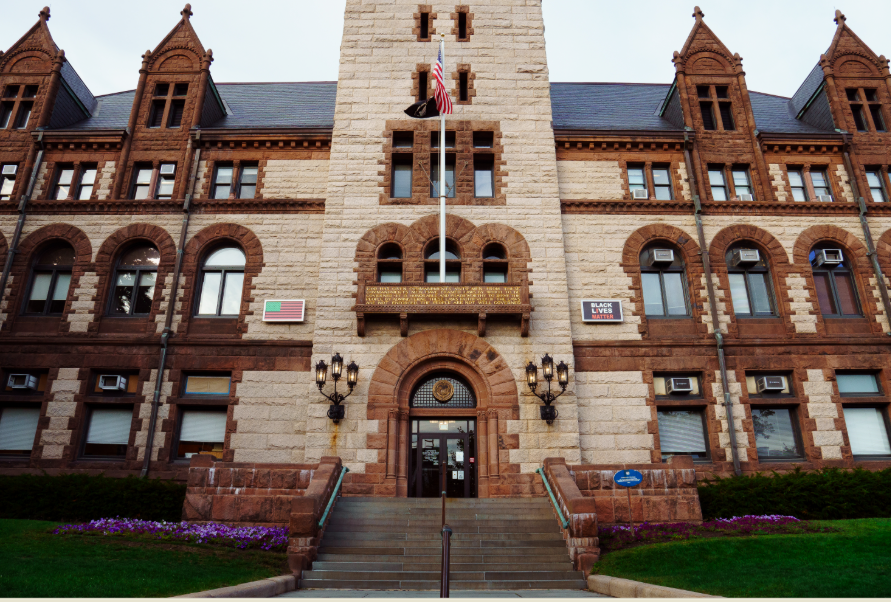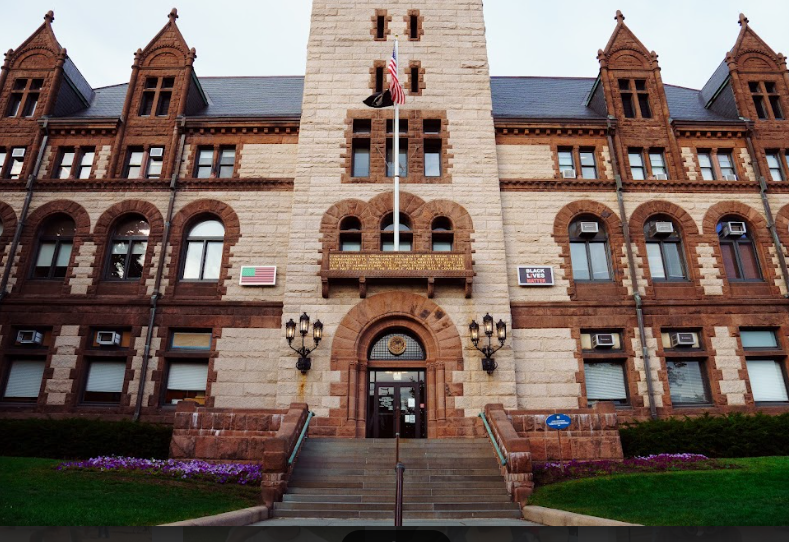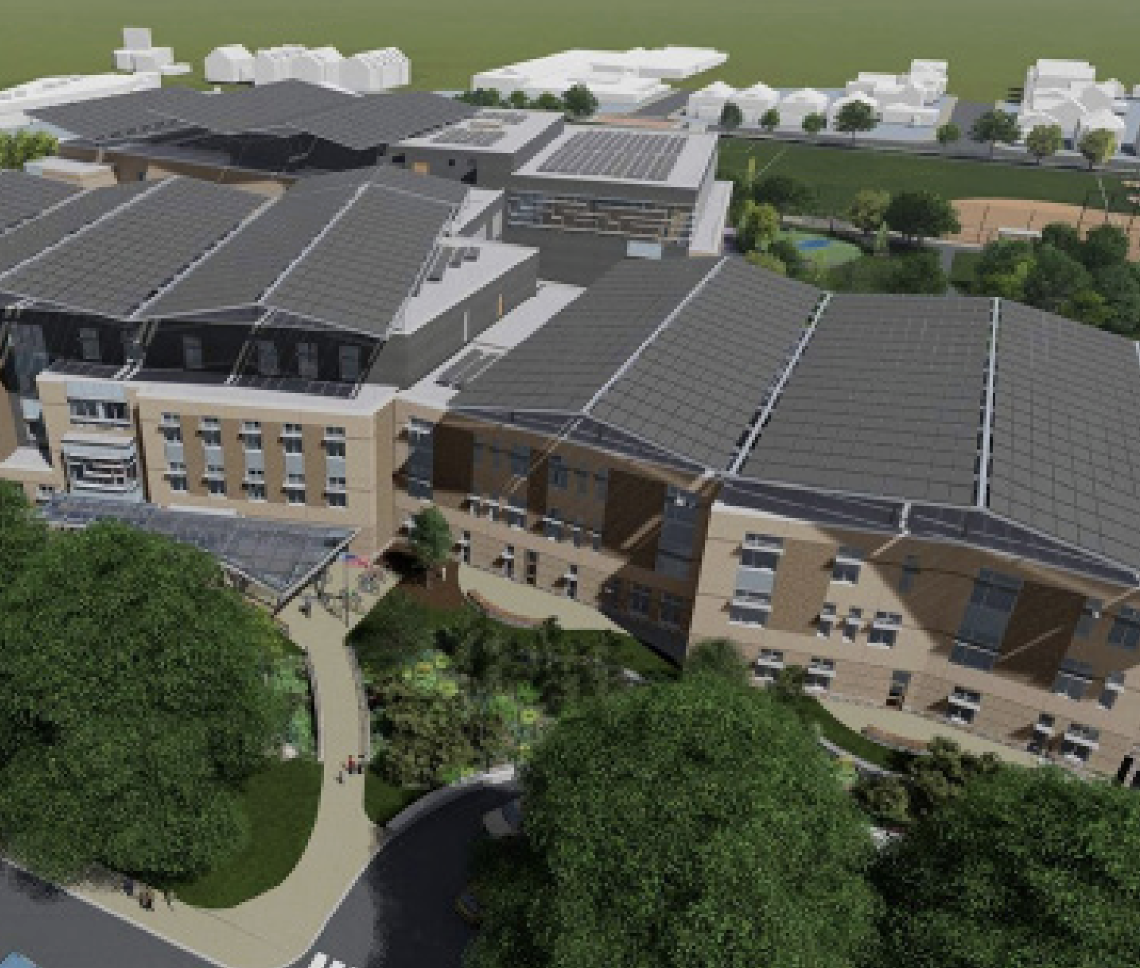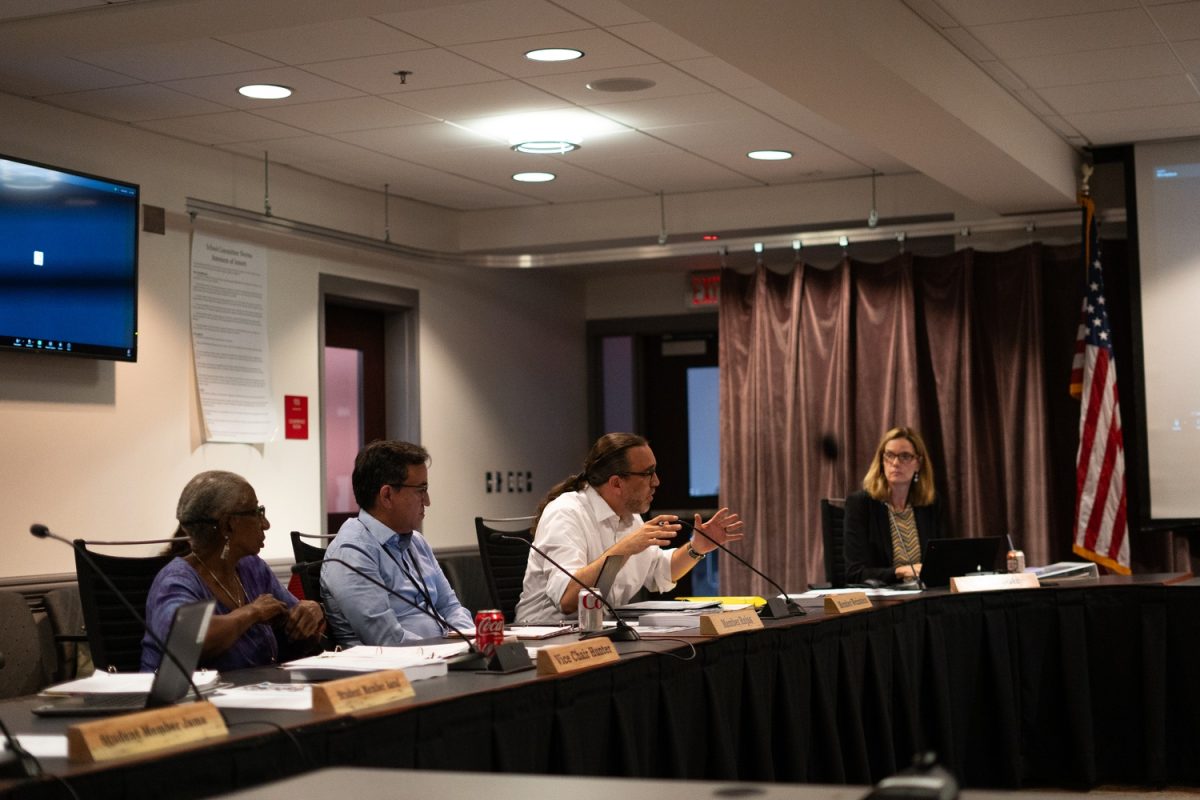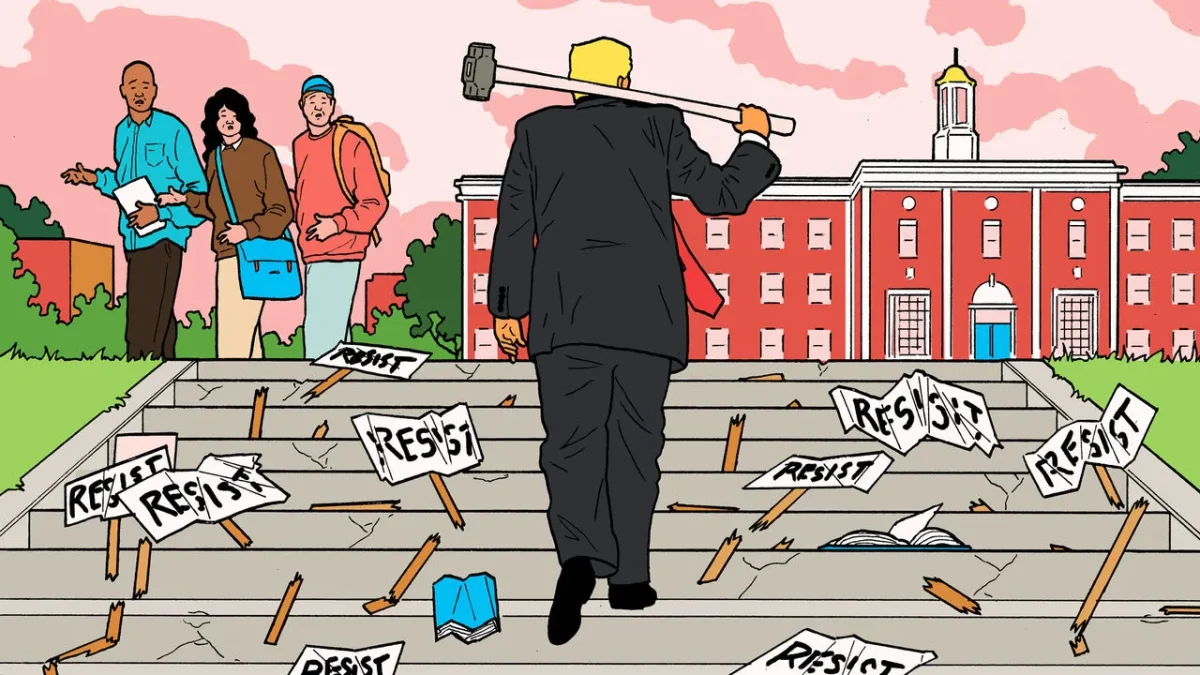
A Trump administration order to drastically reduce Harvard’s funding from the National Institute of Health (NIH) is putting the university’s priorities under scrutiny once again.
There are two kinds of funding NIH allots to Harvard—indirect and direct. Direct funding covers all explicit research expenses, whereas indirect funding relates to all costs associated with support and infrastructure. According to Heather Mac Donald’s City Journal investigation on the cuts, for every dollar NIH spends on direct funding, 69 cents are allocated to cover indirect costs. Trump’s order would reduce the 69% cap for indirect funding to 15%.
The imbalance between the two types of funding threatened by the executive order could be disastrous for Harvard’s scientific researchers. Where federal support remains for lab equipment and researchers’ salaries, the costs devoted to the university’s administration are being reduced significantly. To reorganize assets, Harvard’s administration has chosen to limit the expansion of research faculty rather than risk cutting into its own oversaturated management.
Though the order was temporarily blocked by a Massachusetts federal judge, the university’s administration has already made arrangements to deal with the looming funding reduction. In a university-wide email published March 10th, President Alan M. Garber announced Harvard would temporarily freeze all hiring of faculty, “effective immediately.”
Garber’s decision points to the impact Trump’s threat to free speech at Columbia has on Harvard. On March 7th, the federal government pulled 400 million dollars in research grants from Columbia. In a social media post made three days later, President Trump vowed his administration would punish any university that tolerated “pro-terrorist, anti-Semitic, [or] anti-American” protesting on campus.
Considering how vocal Harvard’s pro-Palestinian student activists were during the height of the Israel-Palestine conflict and how many continue to speak out, Harvard’s administration is anticipating similar backlash. The university’s response to the pending order—pausing hiring, and more recently, deciding to reject all graduate students on waiting lists—exhibits the administration’s anxiety over being on Trump’s university blacklist.
Eric Mazur, professor of applied physics and former academic dean at Harvard University, told the Register Forum, “It pains me that the Harvard administration has decided to transfer the economic pains to parts of the university that are central to our mission and long-term vitality, instead of addressing the administrative bloat that is partially responsible for the current US administration’s misgivings with academic institutions.”
“It feels like we are on a sinking ship with the captains and vice-captains—and associate vice captains, assistant vice captains, deputy vice captains, and their Chiefs of Staff—all trying to get into the lifeboats first.” What Mazur describes isn’t a new development. According to a Harvard Crimson article published two years ago, Harvard has seen a 43% increase in administration since 2004, compared to an 11% increase in faculty over that same period. Currently, the administration outnumbers faculty 3 to 1.
Administrative bloat poses a threat to academics at elite universities like Harvard, shifting financial attention away from faculty and students to overhead staff. Harvard’s response to the Trump administration’s NIH funding cuts further exposes the growing divide between academic values and administrative expansion within the university, setting a troubling precedent for its future.
This article also appears in our March 2025 print edition.

